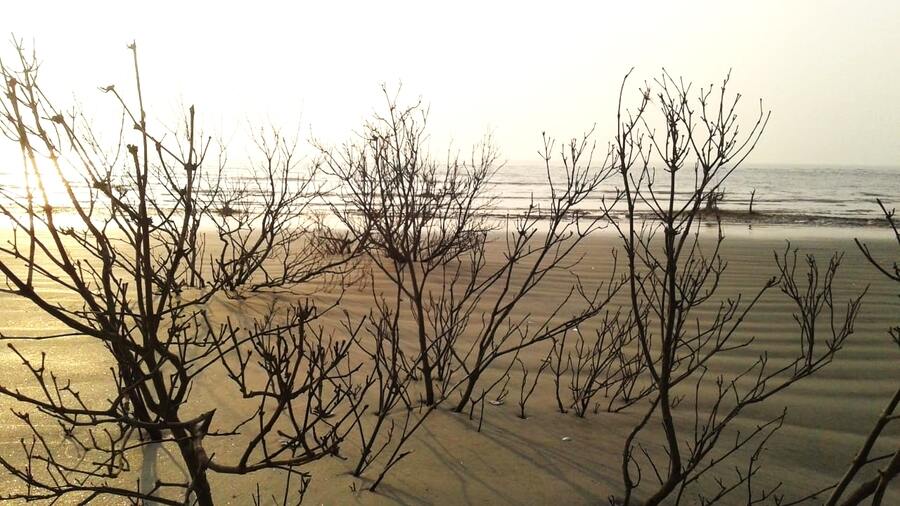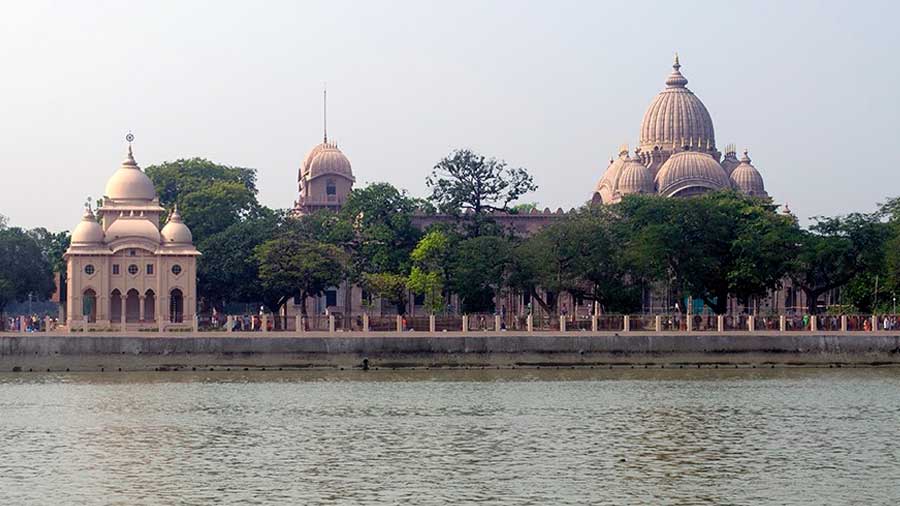About 120km south of the former French colony of Puducherry, on Tamil Nadu’s Coromandel Coast, is the sleepy hamlet of Tharangambadi, whose name translates to ‘singing waves.’ Known for its oxygen-rich air, it is also a former Danish settlement and used to be called Tranquebar, a name that has stuck around even now.
The Danish history of Tranquebar dates back to 1620, making it the oldest Danish settlement, predating Serampore near Kolkata by about 135 years. A contract between Danish East India Company envoy Admiral Ove Gjedde and Thanjavur king, Ragunath Nayak, transformed the tiny fishing village into a flourishing trading post centred around a small fort. Soon, mansions and churches were built and Tranquebar became a small, coastal colonial town. The Danes left in 1845, but the town still has remnants from the time, making it a charming coastal getaway, especially for history buffs.
The city gate
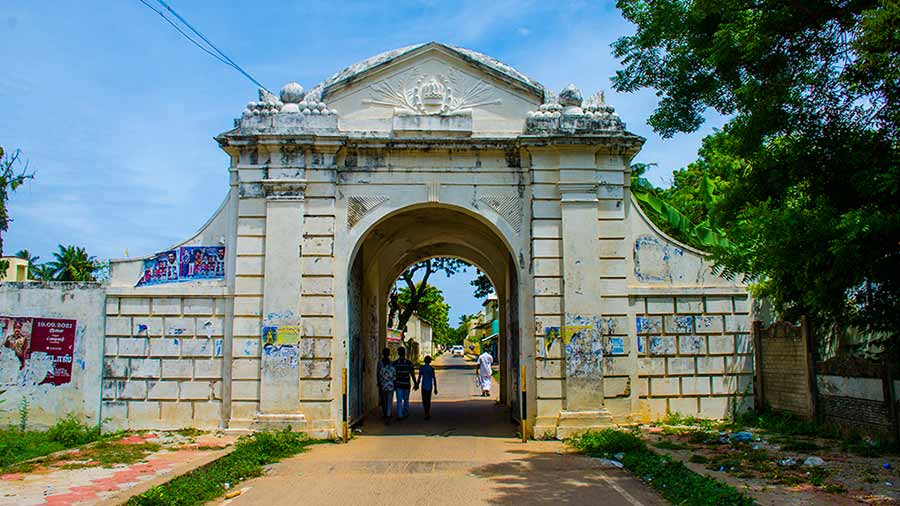
Most of the walls from the town’s fortifications still stand including the bastions and a lone gateway. On the western end of the town, is an arched gateway dating back to 1791. The ornamentation-free arched passage allows small vehicles to pass through. All larger ones enter Tranquebar from the southern side.
New Jerusalem Church

The above-mentioned gateway leads to King Street, running in the east-west direction all the way to the beautiful beaches of Tranquebar. A short distance from the gate, on the right-hand side of King Street is the New Jerusalem Church. It was constructed in 1718 by Bartholomäus Ziegenbalg when the existing Zion Church proved too small for the growing local Christian population.
Zion Church

King Street is lined with beautiful colonial-style mansions and intersects with another arterial road, Queen Street, which runs in the north-south direction. On a corner of the crossing is the older Zion Church, which dates back to 1701. The elegant little church is not only Tranquebar’s oldest, but also believed to be the oldest Protestant church in India.
Bartholomäus Ziegenbalg Memorial
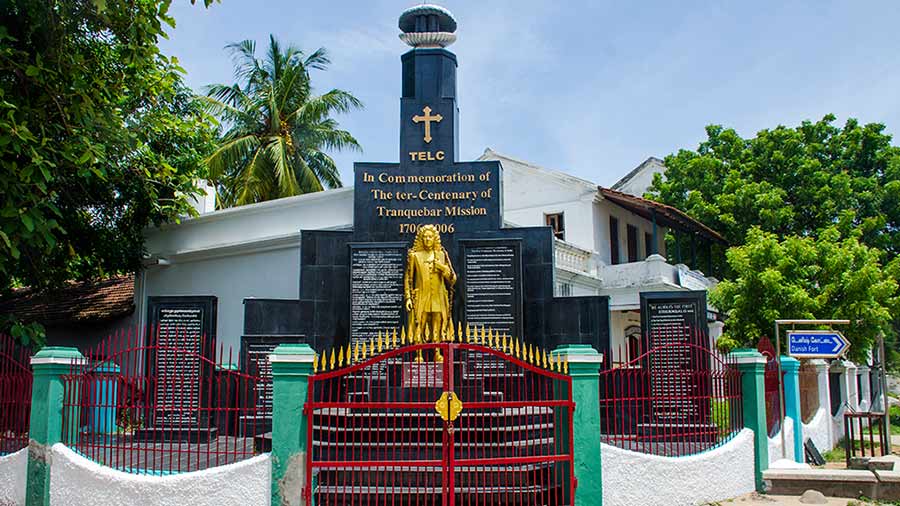
Bartholomäus Ziegenbalg and Heinrich Plütschau were the first German priests to arrive in India as part of the Protestant Missions. They arrived in July, 1706, as part of the Tranquebar Mission. Ziegenbalg learnt Tamil and translated the Bible (New Testament) in Tamil, and also went on to have the New Testament of the Bible printed in Tamil from a printing press in Tranquebar. On the northeast corner of the King Street and Queen Street crossing is a small memorial dedicated to Bartholomäus Ziegenbalg. A statue of the priest stands here along with several plaques in English and Tamil mentioning his various achievements. The statue was installed in 2009 as part of the tercentenary celebration of the Tranquebar Mission.
Tranquebar Maritime Museum

Just behind the Ziegenbalg Memorial is the Tranquebar Maritime Museum. The small museum has an interesting collection of artefacts covering a wide range of subjects pertaining to the region’s marine ecology and maritime history and includes displays of sea shells, old maps and photos, Danish costumes, and even a wooden boat.
Governor House

Next to the maritime museum, and close to the heritage hotel The Bungalow by the Beach, is the restored colonial bungalow of Governor House. The sprawling open space in front of the now empty house is known as the parade ground, where a plaque commemorates the Tranquebar Mission.
Tranquebar Mission landing plaque
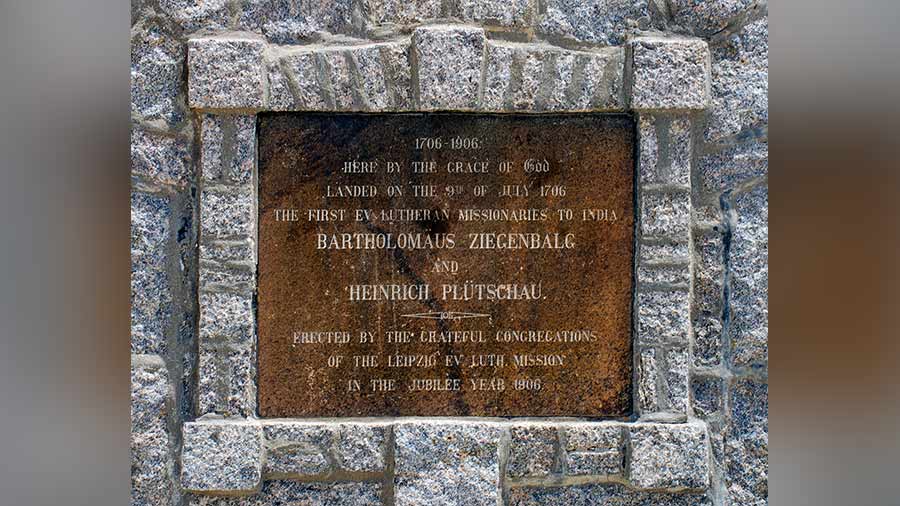
On the eastern end of the parade ground, installed on an irregular stone, is a plaque that commemorates the landing of the missionaries of the Tranquebar Mission. The plaque was installed in 1906 for the bicentenary of the historical event. The 2004 tsunami severely damaged the plaque and many of the buildings in town, which were rebuilt giving them a fresh lease of life.
Ozone-rich beach

A view of the town from the beachfront Dansborg Fort
The long beach of Tranquebar is not only beautiful, but also rich in ozone. It was identified as the one of the most ozone-rich beaches in the world by various studies conducted by the Danes in the 1960s. The beach offers a great view of the small but dominating Danish-era Dansborg Fort.
Dansborg Fort
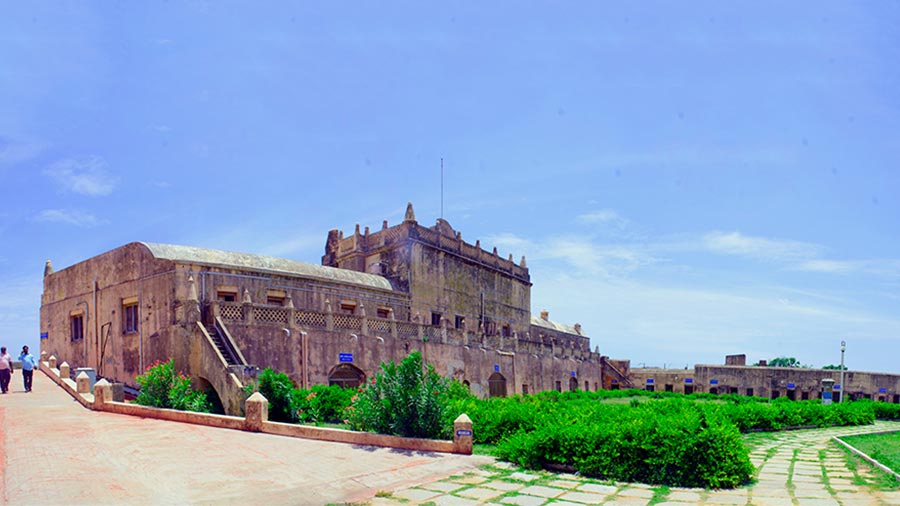
Though a relatively small Indian fort, the Danish Fort — as it is locally called — is believed to be the second largest Danish fort after Kronborg in Helsingør, Denmark. The trapezoidal fort opens to the water with a watergate on the eastern side and visitors can enter through the northern entrance. The entrance leads to an open courtyard with a manicured lawn. The one-storied southern side of the building has soldiers’ barracks, kitchens and storerooms, while the eastern side rises to a second level and houses officers’ quarters, offices and a chapel. There is also a small museum on the eastern end that exhibits models of European ships, stone sculptures of Hindu deities, fort documents, dolphin skeletons and more, across two rooms.
West of the Dansborg Fort is the old Danish Cemetery. As of the end of last year, it was inaccessible due to overgrown vegetation.
Ziegenbalg Press
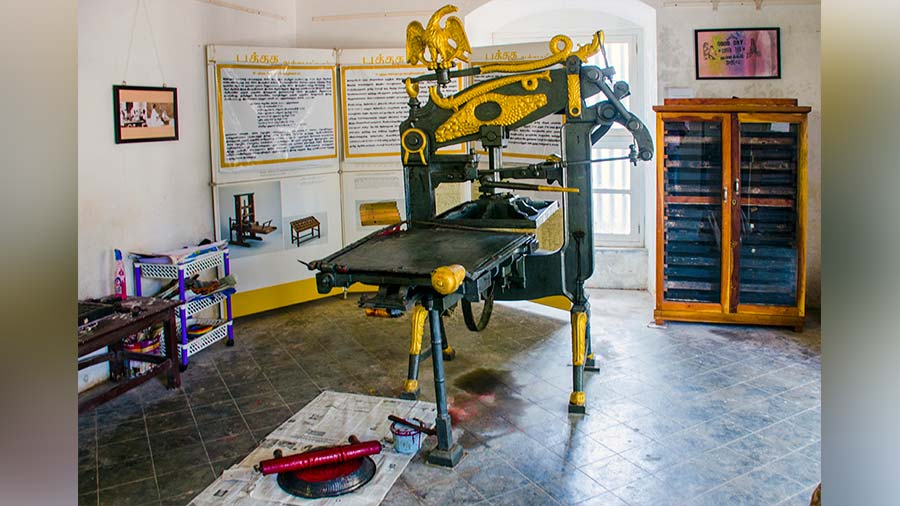
The press where the Bible was first printed in Tamil still stands today in a small town museum known as A Museum of Intercultural Dialogue and Printing Exhibition. The printing machine is displayed along with the first printed Tamil Bible and the Bible hand written by Ziegenbalg in Tamil.
Rangan Datta is a mathematics and management teacher by profession and a travel writer and photographer by passion. He has been addicted to discovering off-beat places since his undergraduate days at St. Xavier's College. Blogging and contributing to Wikipedia are his other passions.

